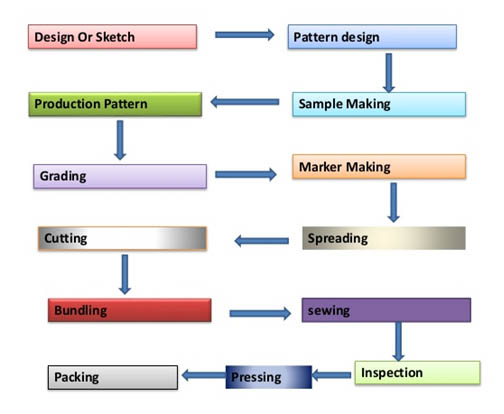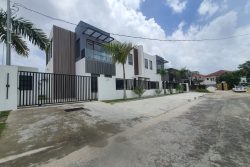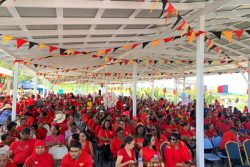My position managing a garment factory has easily been my most stressful job to date. Manufacturing is its own beast, plagued with deadlines, rush orders, and waitlists. Over the past few weeks in particular I’ve come to the realization that the general public considers a factory to be a massive tailor shop—and this couldn’t be further from the truth.
For the sake of sensitization I am compelled to write about the manufacturing process specifically. As is illustrated below, the production process is lengthy. This doesn’t include sourcing of materials or creation of a technical package.
Steps 1 through 13 generally take thirty (30) days minimum, once the factory has the pattern on hand, or a similar pattern that can be easily modified, and materials are already in stock.
This timeline often seems daunting to customers here, but there is reasoning behind everything done. One of the most attractive parts of mass-producing your company’s uniform is the price. Factories in Guyana are able to maintain the low pricing expected of them because materials are usually sourced from far lands and bought in bulk. When you see a roll of fabric that is two feet wide and weighs a tonne you understand the need for sea freight, which takes an average of fifty (50) days to arrive at our port. For this reason, factories also have production work planned weeks, sometimes months in advance. Often, quicker turnaround times for new clients and small orders are just not economically feasible.
This brings me to a recent experience I had with a new client. My mentors, over the years, have told me about their experiences with not knowing when to say no – and being the person that I am, I had to learn this lessons for myself. In this case my greenness won over. The factory took on a small order of about fifty (50 ) pairs of pants, two pairs per person. The client asked to have each employee measured, which is something we try to stay away from as it makes production time – consuming. Against my better judgment I said yes to it.
The entire measuring process took close to three weeks; sourcing and receiving the fabric added a further week. Because we measured each person, and the order was so small, we ended up having one person cut out all fifty (50) pairs of pants by hand. This process turned what ought to have been a forty five minute operation into almost sixteen (16) hours of work. The assembly process wasn’t much better. Between measuring, cutting and sewing, what should have been a fifteen (15) day process turned into a forty five (45) day disaster, losing us money, but more importantly diminishing the reputation of the company. I came away from this experience with a few valuable lessons, the most important of them being the need to inform clients of the process behind the service they are receiving, if not for their knowledge then for the company’s protection.
Share your thoughts about this article with me over on buildingbrooke.com










